Adding nanomaterials to cement increases its functional properties. Nanosilicates can positively affect the compressive strength of concrete. Mortar from amorphous nanosilica (amorphous) increases the strength of self-settling concrete facies against the separation of aggregates; Additionally, a small amount of carbon nanotubes can increase the compressive and flexural strength of concrete. For more information about Nano Concrete products, visit our site.

how do you make Nano Concrete?
 Cracking is one of the most important factors that worry engineers in concrete structures. By using concrete curing polymers, the cracking effect can be reduced containing small capsules of concrete curing agent and chemical stimulant. In case of cracking, this substance is released and comes into contact with the irritant. After this contact, polymerization begins and the two sides of the crack adhere to each other. This method requires epoxy injection, which is very expensive. Placement of micro and nano-electromechanical sensors allows experts to examine the properties and reactions of concrete at different mixing, pouring, hardening and loading stages. These sensors improve our understanding of concrete’s hydration process and possible crack destruction.
Cracking is one of the most important factors that worry engineers in concrete structures. By using concrete curing polymers, the cracking effect can be reduced containing small capsules of concrete curing agent and chemical stimulant. In case of cracking, this substance is released and comes into contact with the irritant. After this contact, polymerization begins and the two sides of the crack adhere to each other. This method requires epoxy injection, which is very expensive. Placement of micro and nano-electromechanical sensors allows experts to examine the properties and reactions of concrete at different mixing, pouring, hardening and loading stages. These sensors improve our understanding of concrete’s hydration process and possible crack destruction.
Activator is used in concrete to detect and react to environmental stimuli such as moisture and temperature. One of the factors that override traditional cement paste methods is the lack of crystalline order in this material. Scientists have achieved greater transparency from the atomic structure of cement water. The clearest way to use nanomaterials in concrete quality is in the concrete production stages, that is, easy methods in the manufacturing process and also to create the final properties of the hardened concrete.
In principle, the traditional modification of the weaknesses of concrete is accompanied by the weakening of another positive property, and the use of additives in concrete has its disadvantages, but nanotechnology adds more advantages to concrete and concrete can also be considered at the highest level and top quality materials. The addition of silica nanoparticles to cement-based base materials reduces the main reaction in it and also reduces the volume of voids that can accumulate in the field after hardening, thus increasing the durability of the concrete.
Used as an additive to concrete in the form of powder or slurry, nano-silica prevents aggregates from decomposing, squeezes in the concrete and hardens the concrete. Wind ash is a material that can help improve concrete’s strength and environmental stability. Of course, one of the most important weaknesses in the use of fly ash is that the speed of absorbing the initial strength of concrete is reduced and the maintenance time increases compared to normal concrete.
In addition, the use of hematite nanoparticles improves the strength of the concrete by changing the electrical resistance of the concrete mass, making the function more convenient and allowing a smoother monitoring of the stress level applied to the concrete. Silica nanoparticles increase the hydration process of concrete and increase the three-day strength. For more information about the best Nano Concrete, visit our site.
Nano Concrete products in Asia
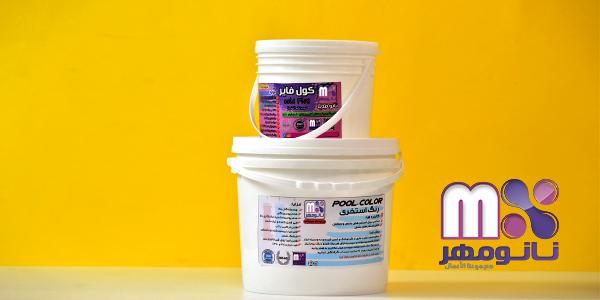 Nano Concrete products in Asia are produced and distributed by our company, which has a high quality and has a reasonable and affordable price, which you can visit our official site to buy.
Nano Concrete products in Asia are produced and distributed by our company, which has a high quality and has a reasonable and affordable price, which you can visit our official site to buy.

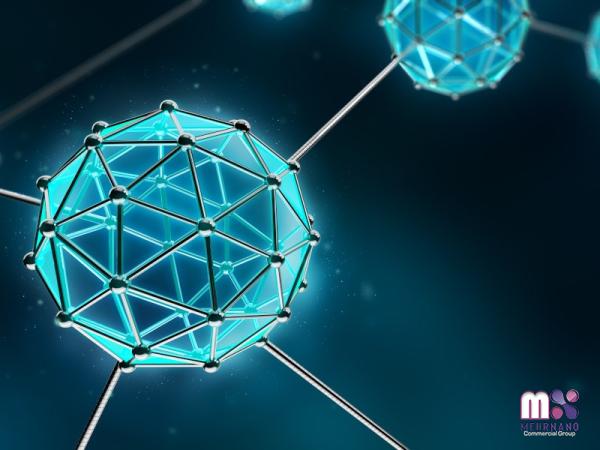
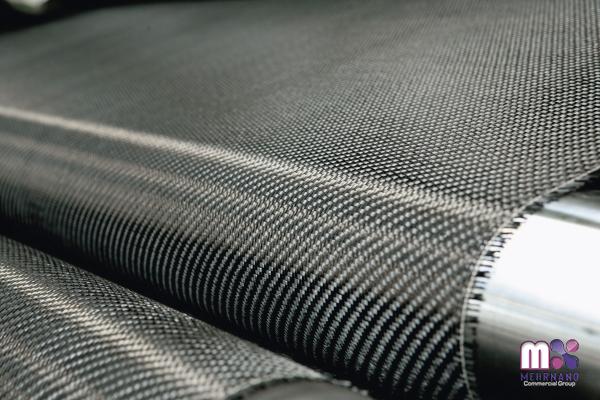

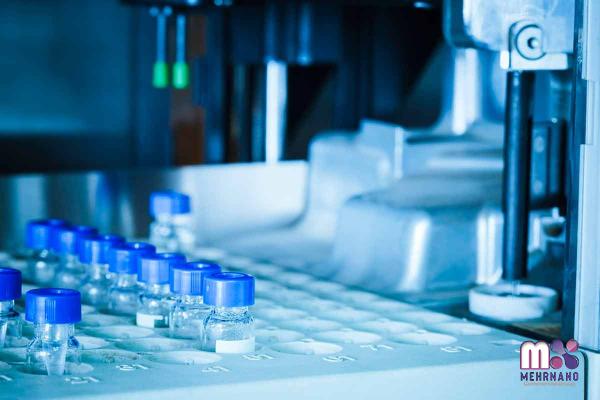



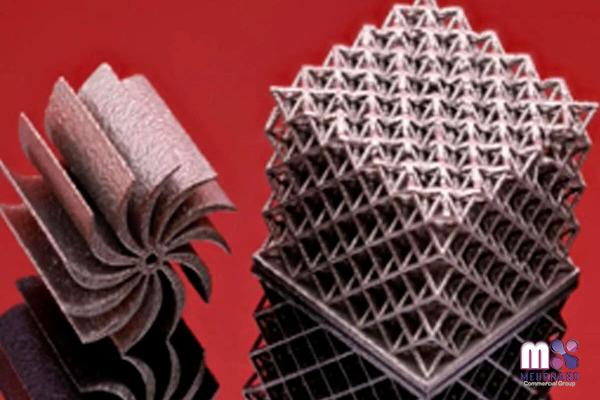
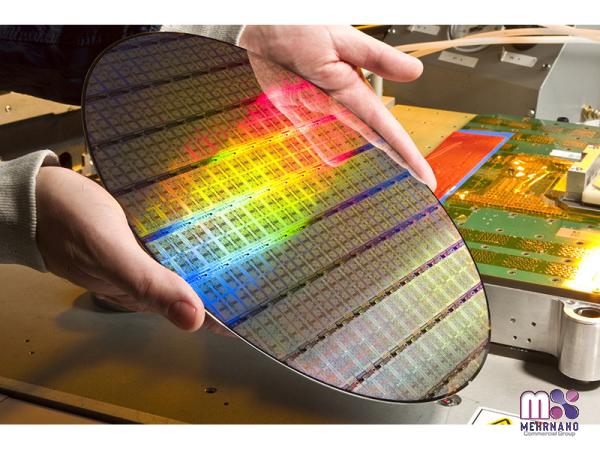
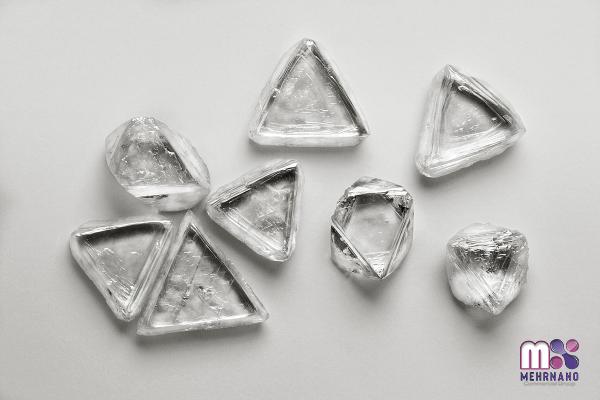
Your comment submitted.